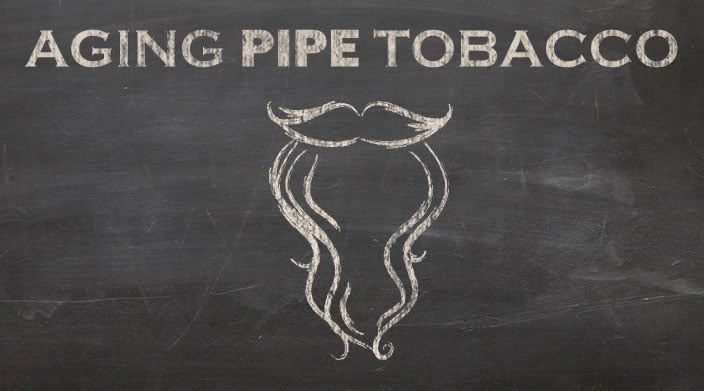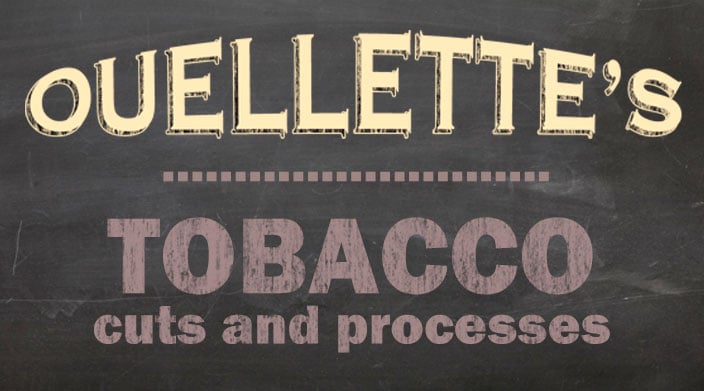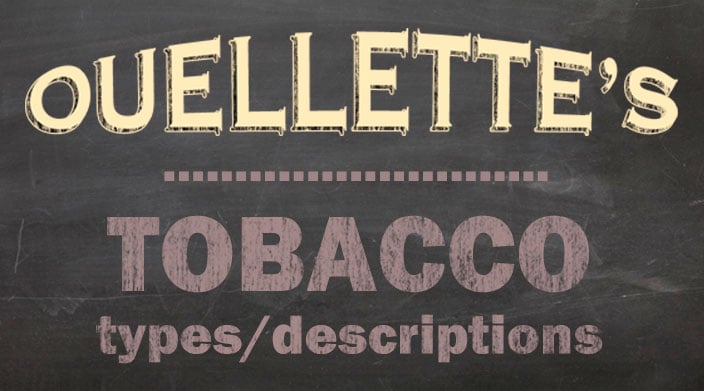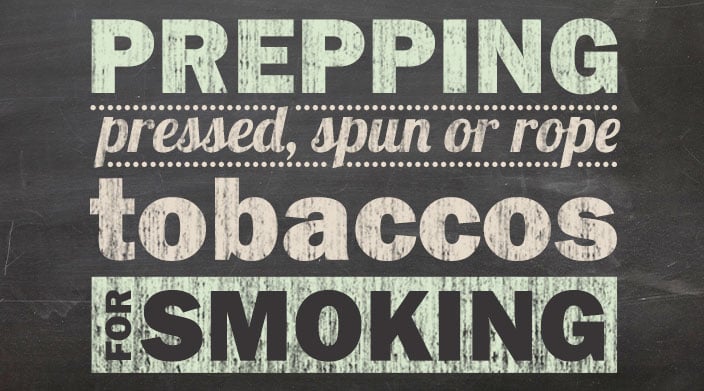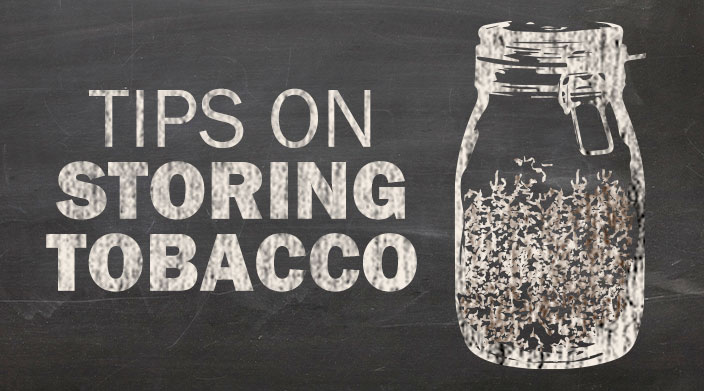A lot of polite, if contentious, discussions have been held in recent years about the accuracy of the use of “English” to describe certain pipe tobaccos. The moniker has become common usage, though, so for the sake of brevity, we’ll refer to any blend which uses Latakia as the most dominant note as an English blend.
Latakia begins as a Turkish Oriental varietal called Smyrna. These leaves are hung in barns on the island of Cyprus, and a smoldering fire is started on the floor of the barn. The smoke from the aromatic woods eventually permeate the tobacco, turning it dark brown to black, depending upon how long it hangs there. When burned, the tobacco gives off a campfire-like aroma, and imparts a similar flavor, although there are also some savory and spicy elements as well. The smokiness can easily dominate a blend. Latakia was also made in its birthplace, Syria, in an area near the port city of...you guessed it...Latakia. They used a different type of tobacco as the base, and the wood burned was a specific type, combined with herbs to impart flavor. Because of overforesting, the Syrian government forbade the use of the wood in the process, so none has been made in well over a decade. Considering the strife in the region, it's highly questionable if Syrian Latakia will ever be made again. Some companies have a small, dwindling, supply of the tobacco, but it's expected to run out soon.
Other common elements in an English blend are Virginias and Orientals (which includes the subset of Turkish tobaccos, as well). When Orientals are the secondary note, they’re often referred to as Balkans, but we’ll still keep them under the English blend category.
When Cavendish (especially black Cavendish) is added, the blend might be called a Scottish blend, and if Burley is added in any significant amount it becomes an American/English. Some blends may also include dark-fired Kentucky and cigar leaf.
The primary characteristics of these blends is that signature smokiness and a tendency to smoke slowly and coolly. While the flavor might delight the pipe smoker, the pungency of the Latakia might not please the noses of standers-by, so pick your smoking venue wisely.








